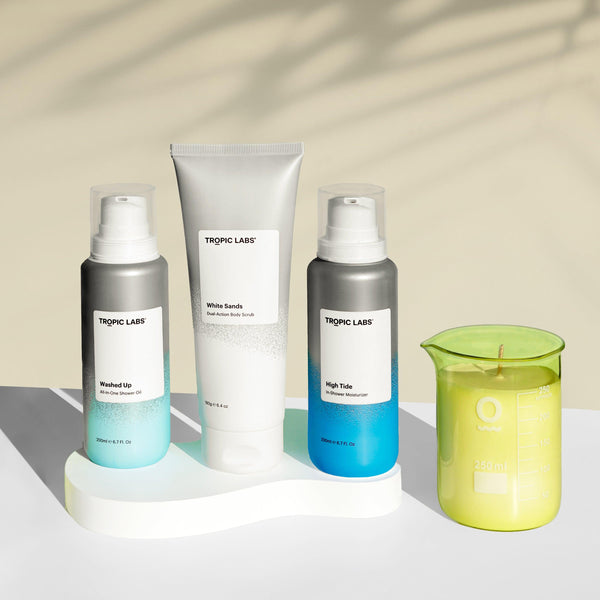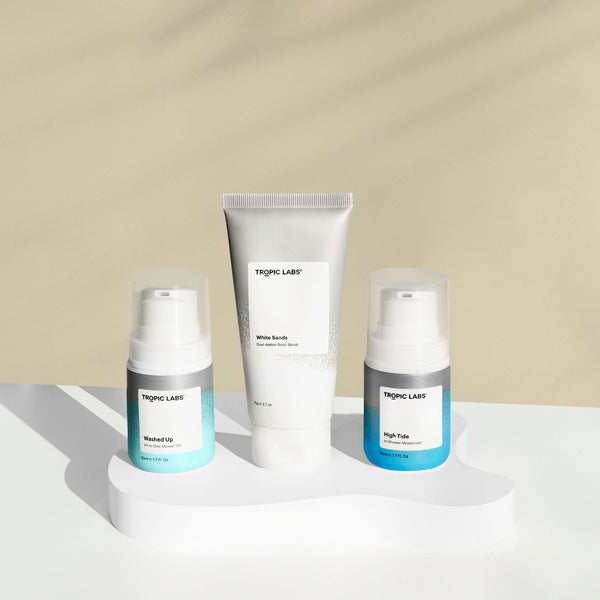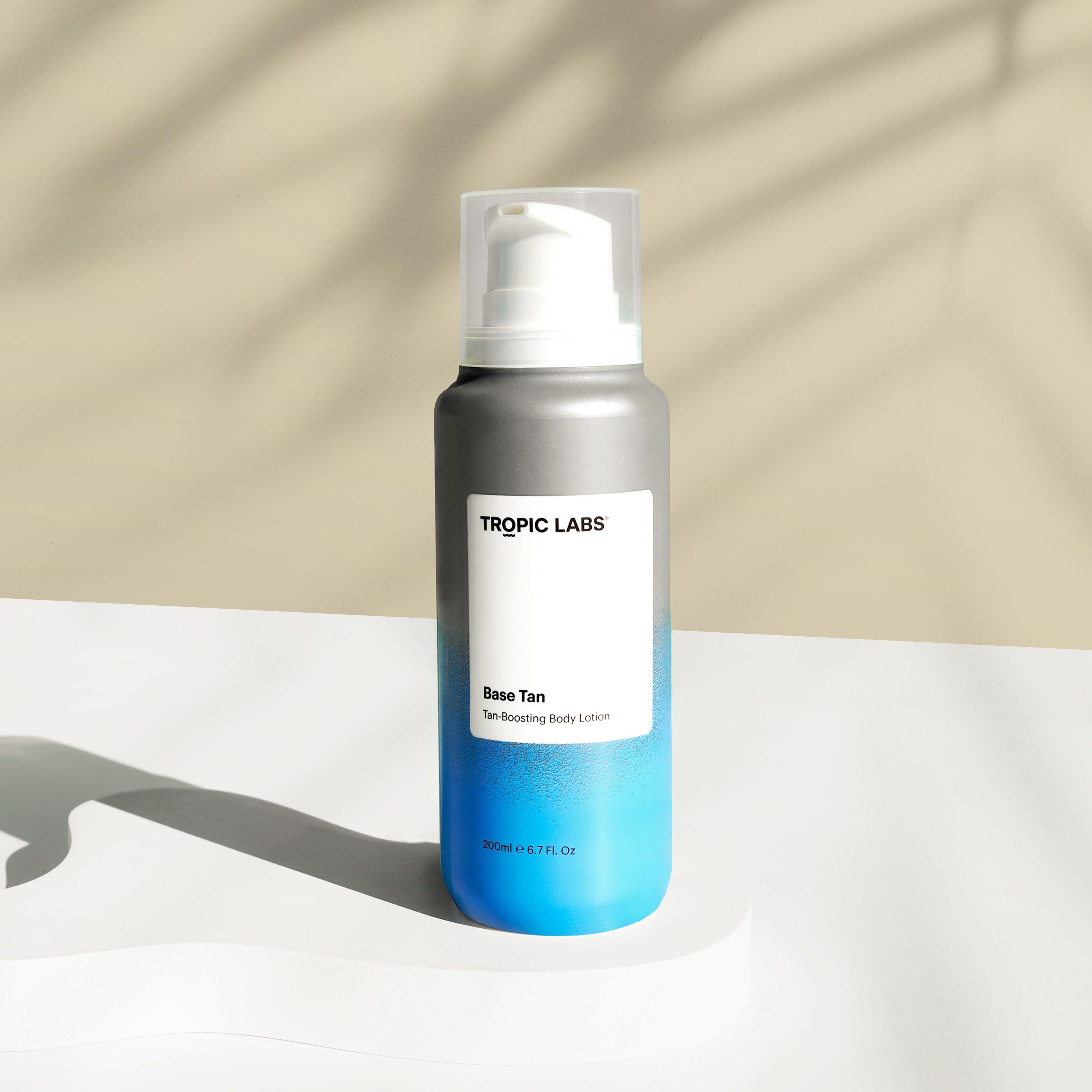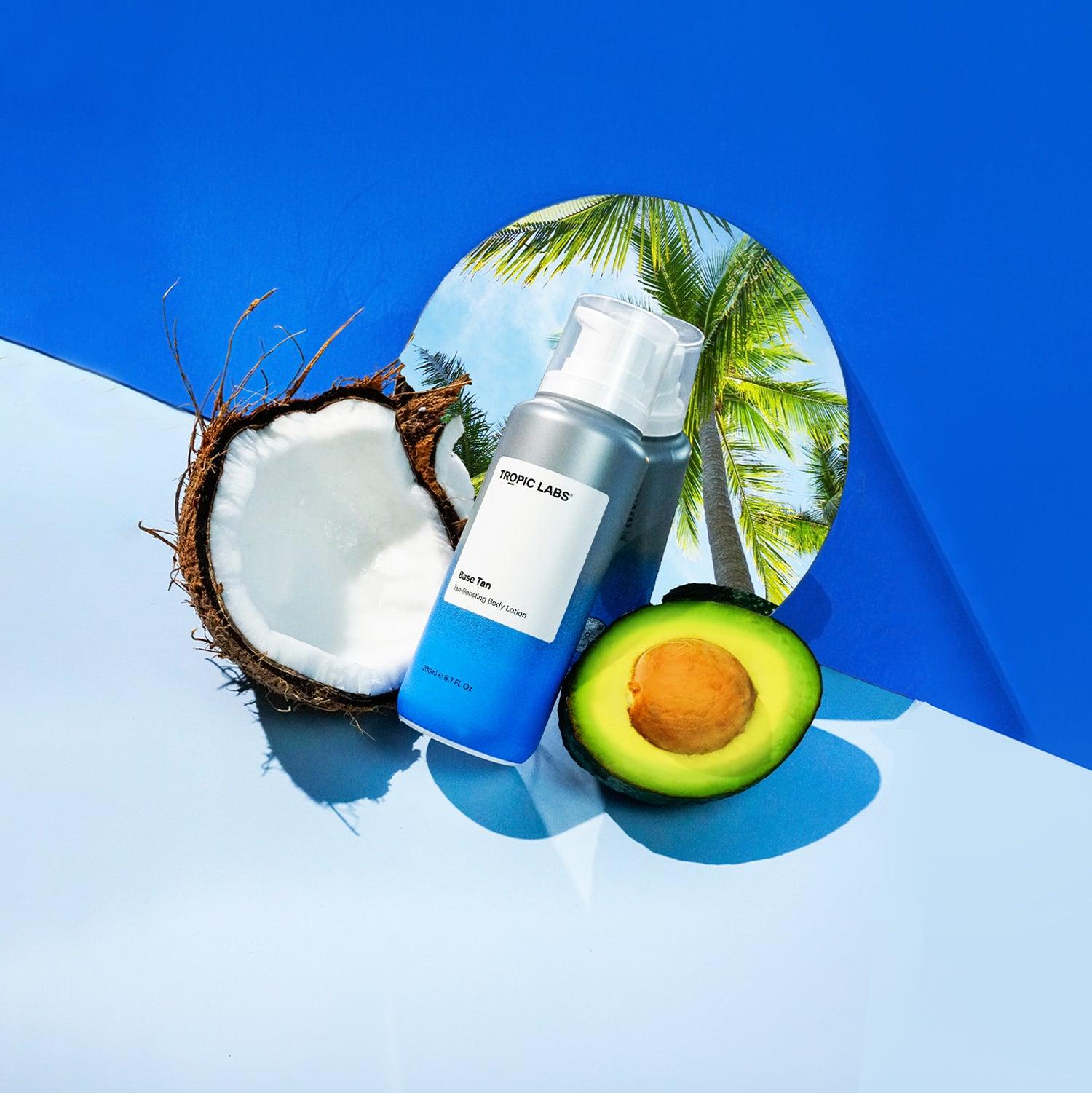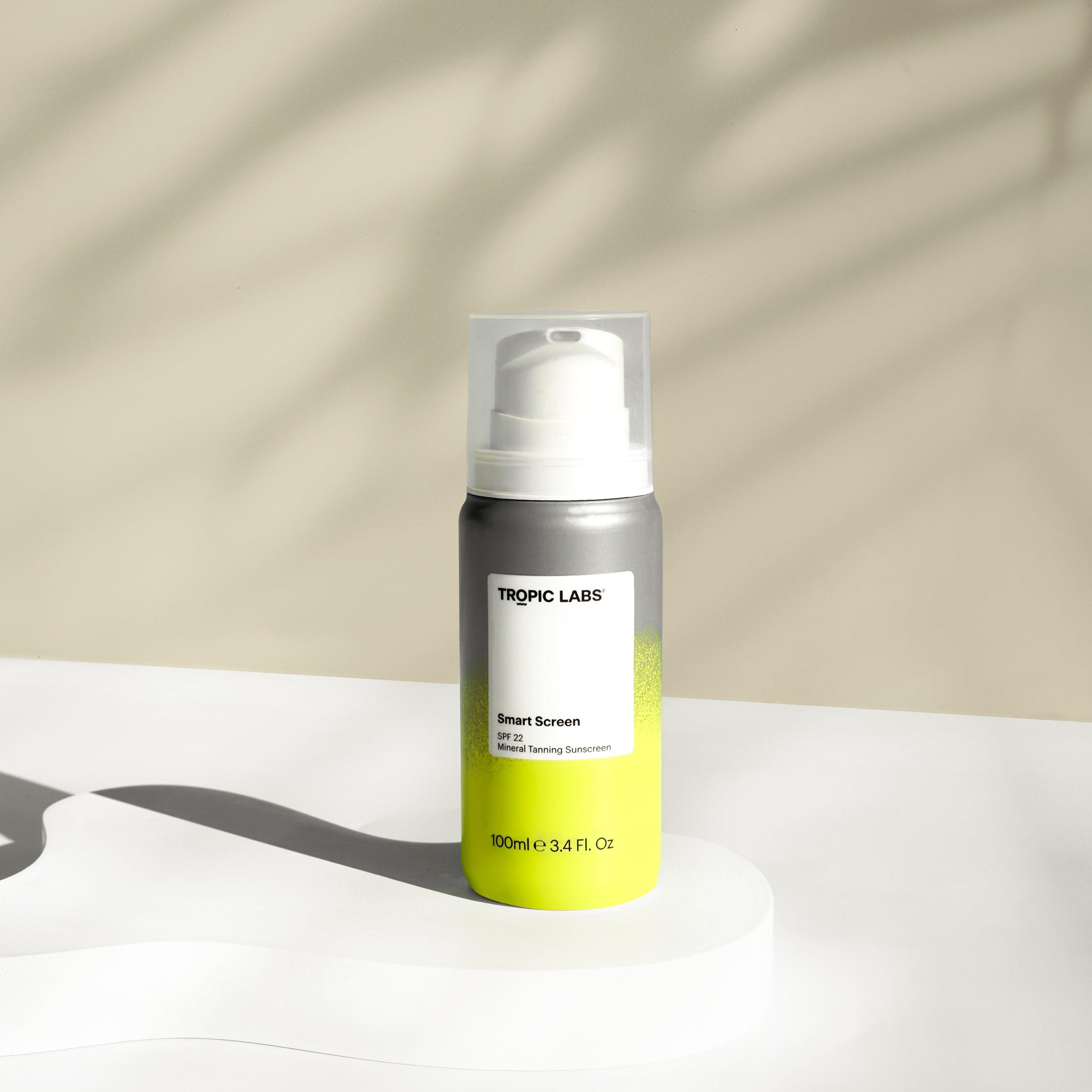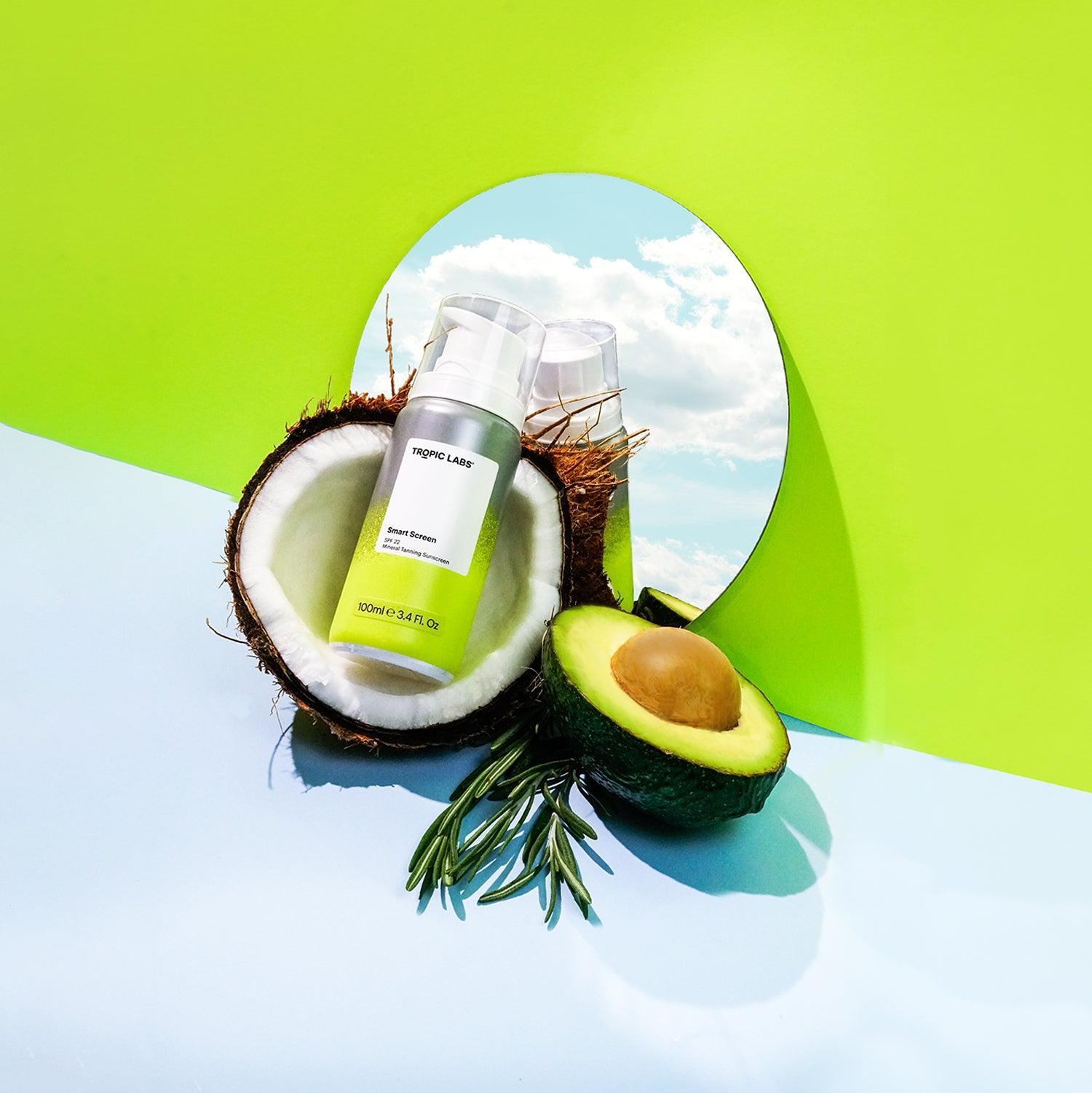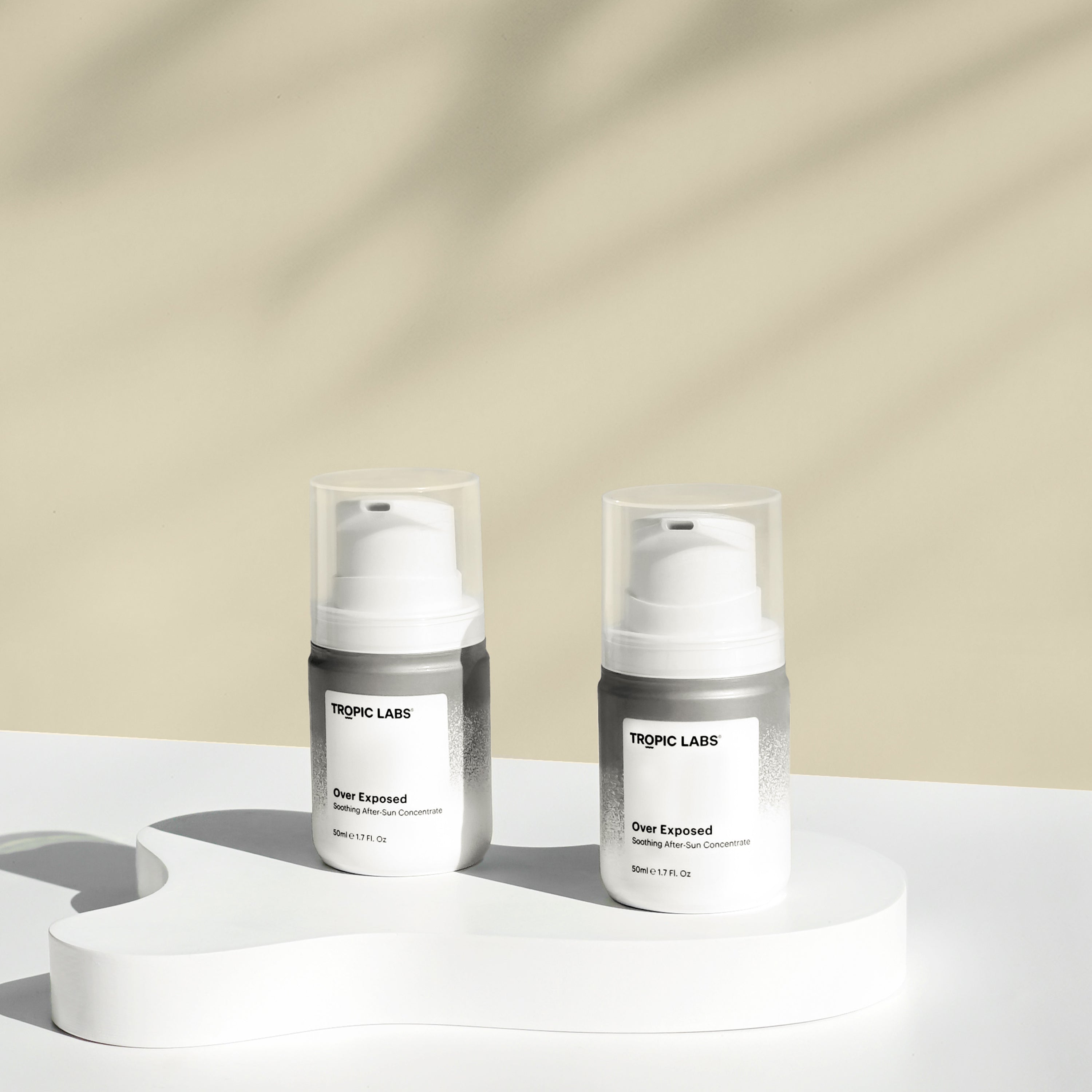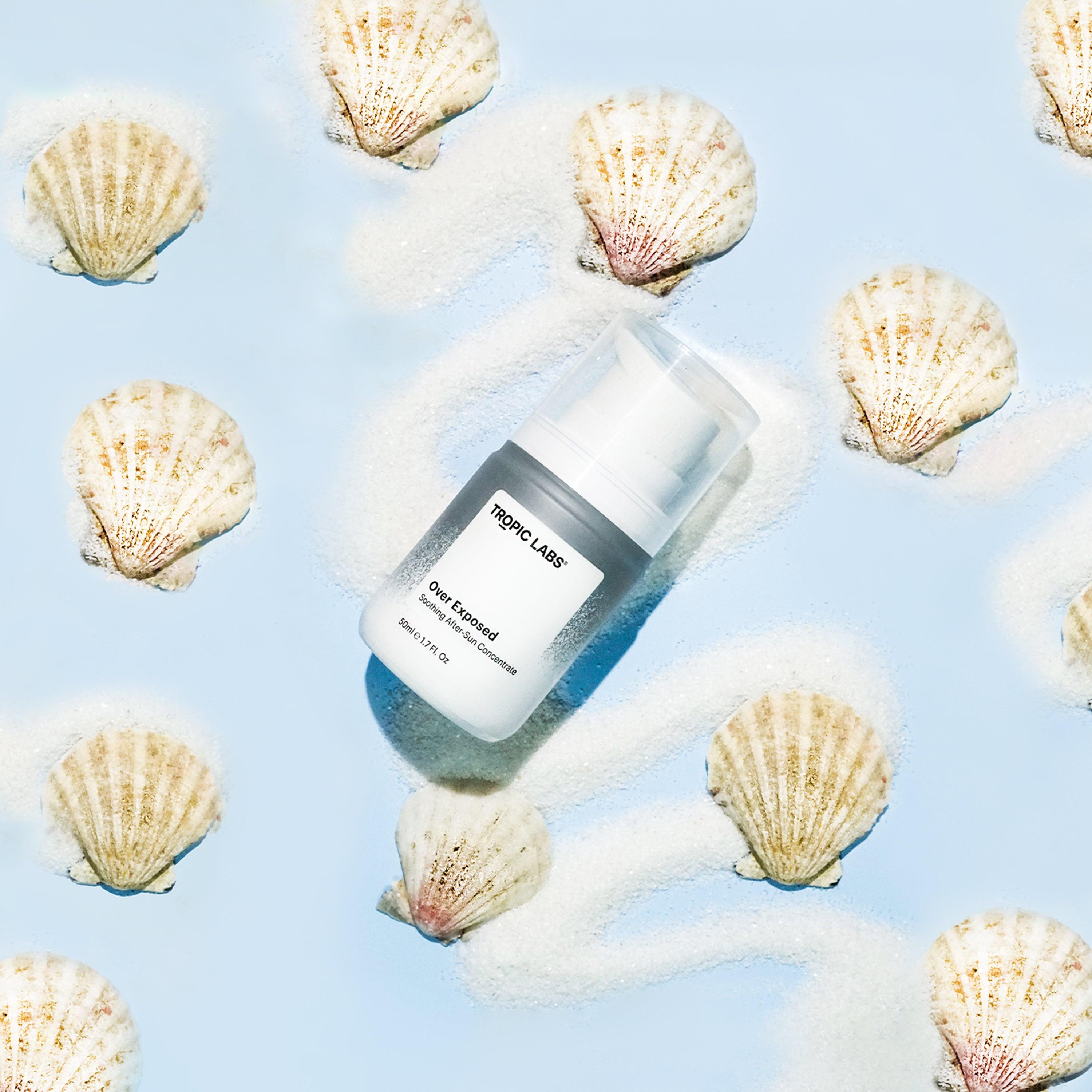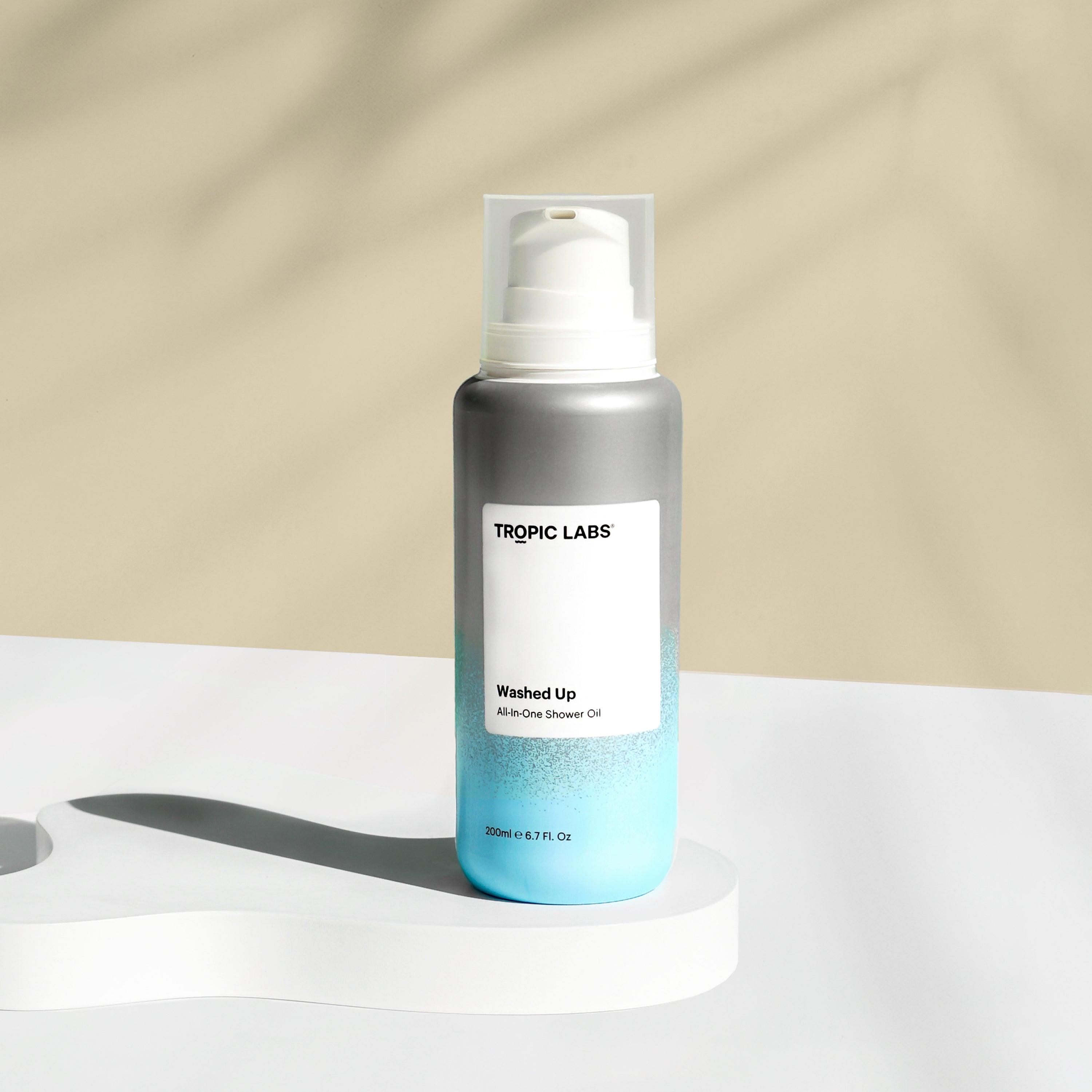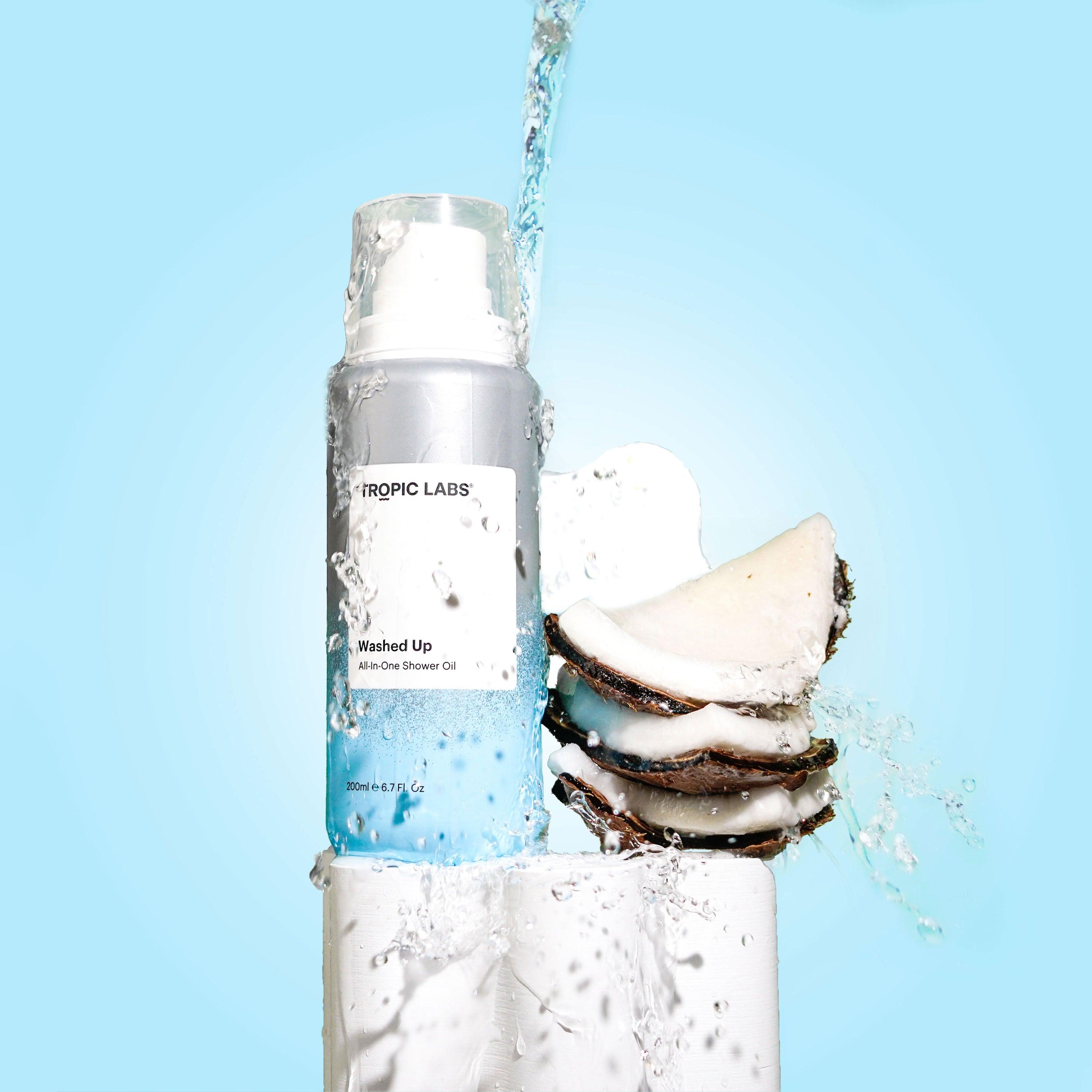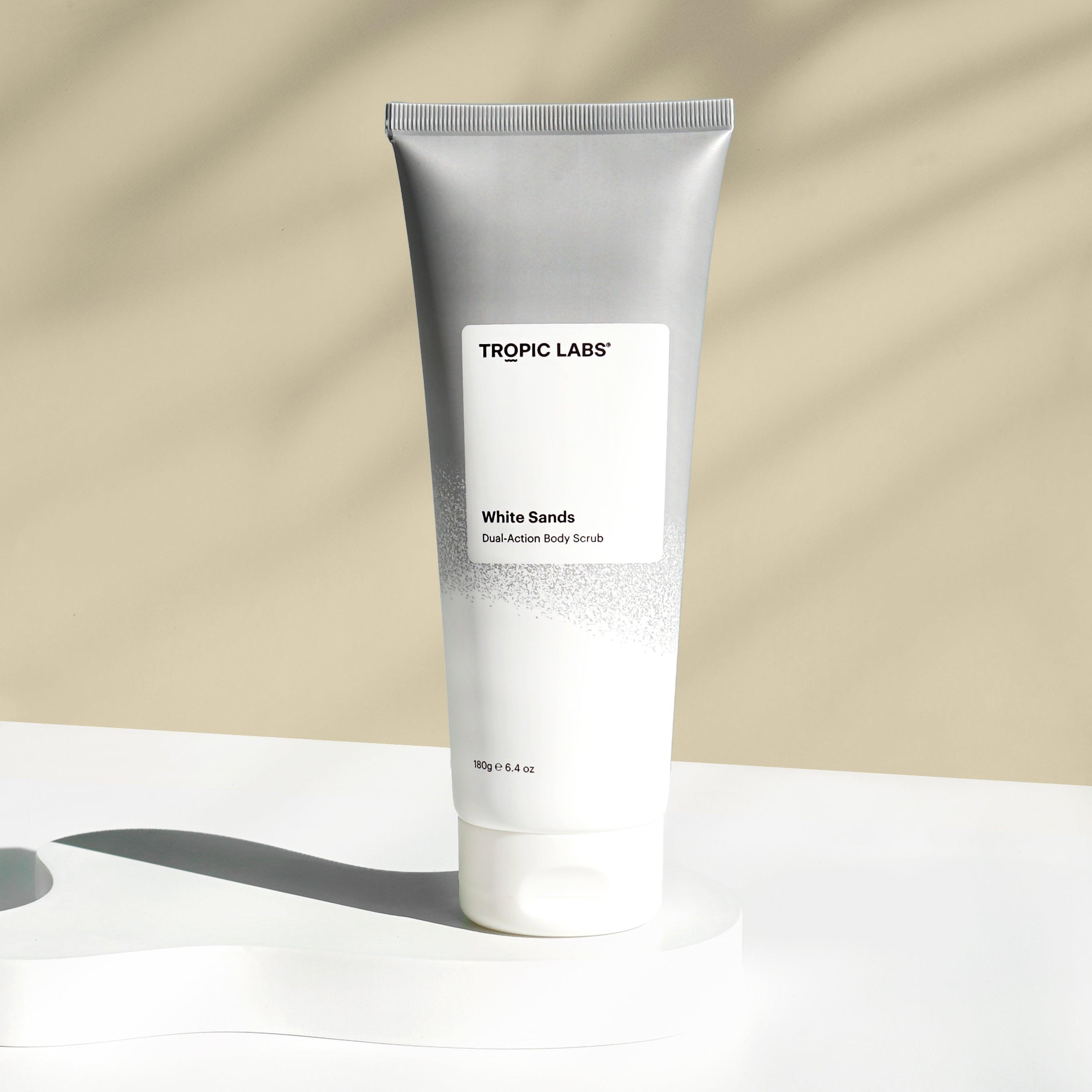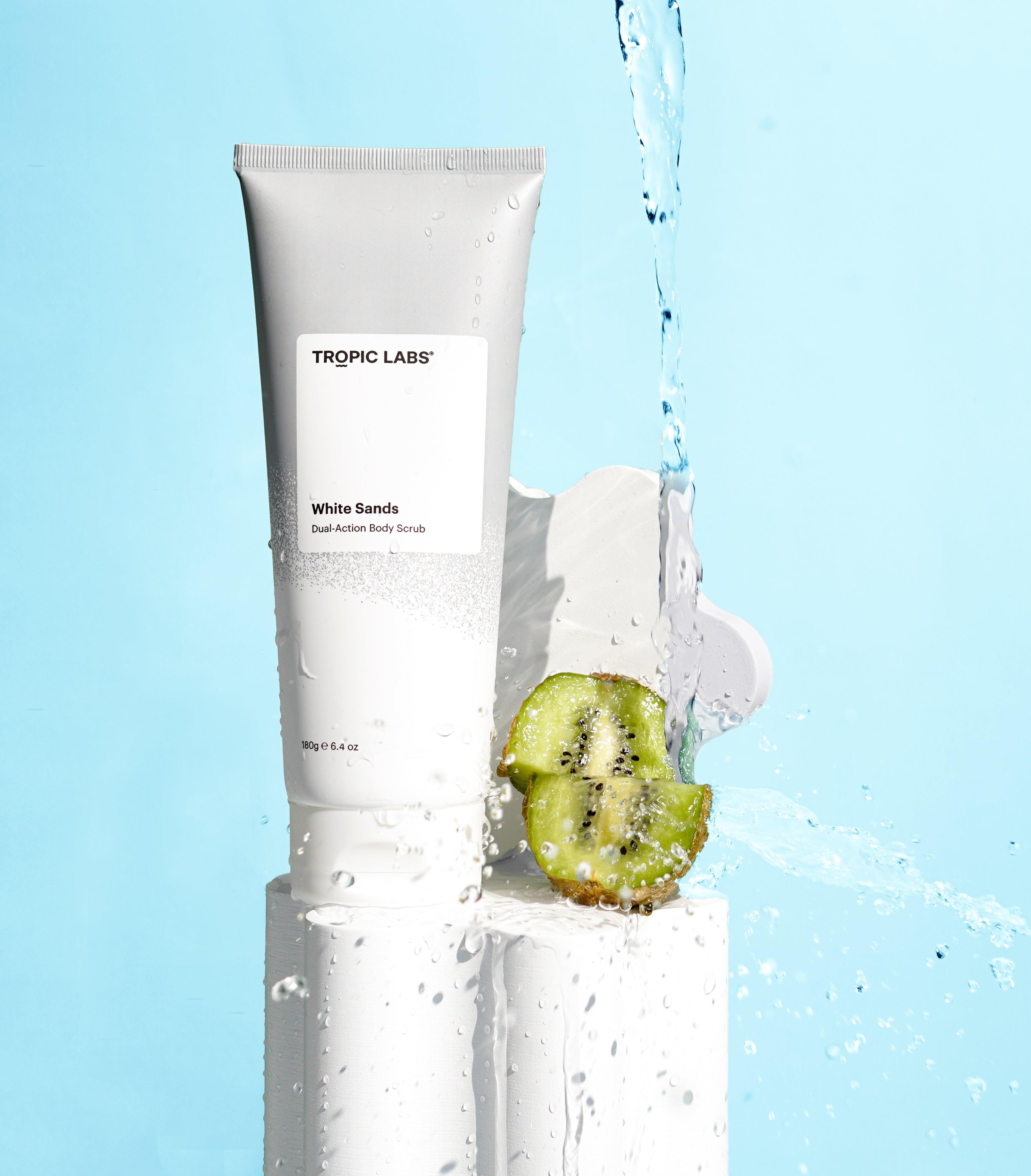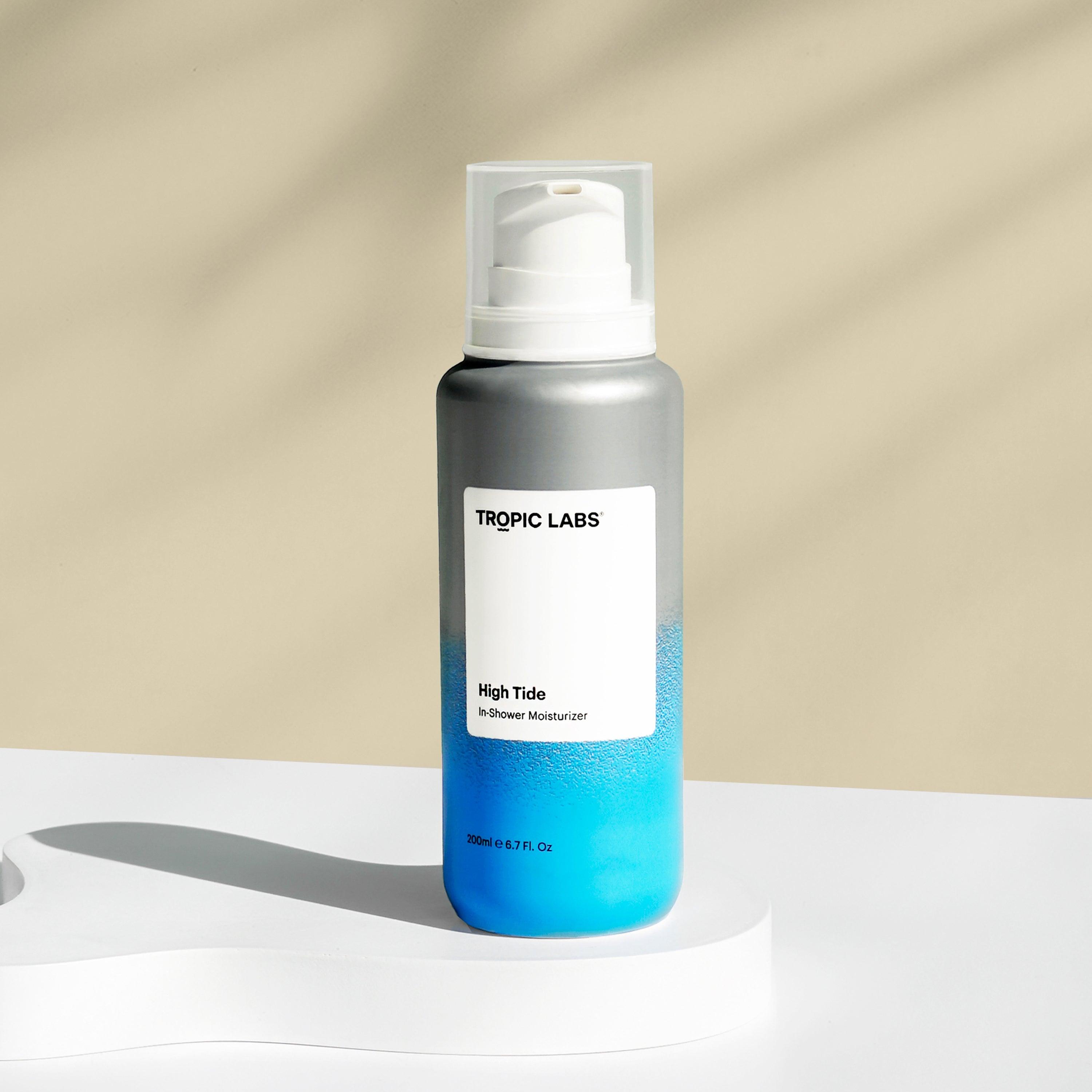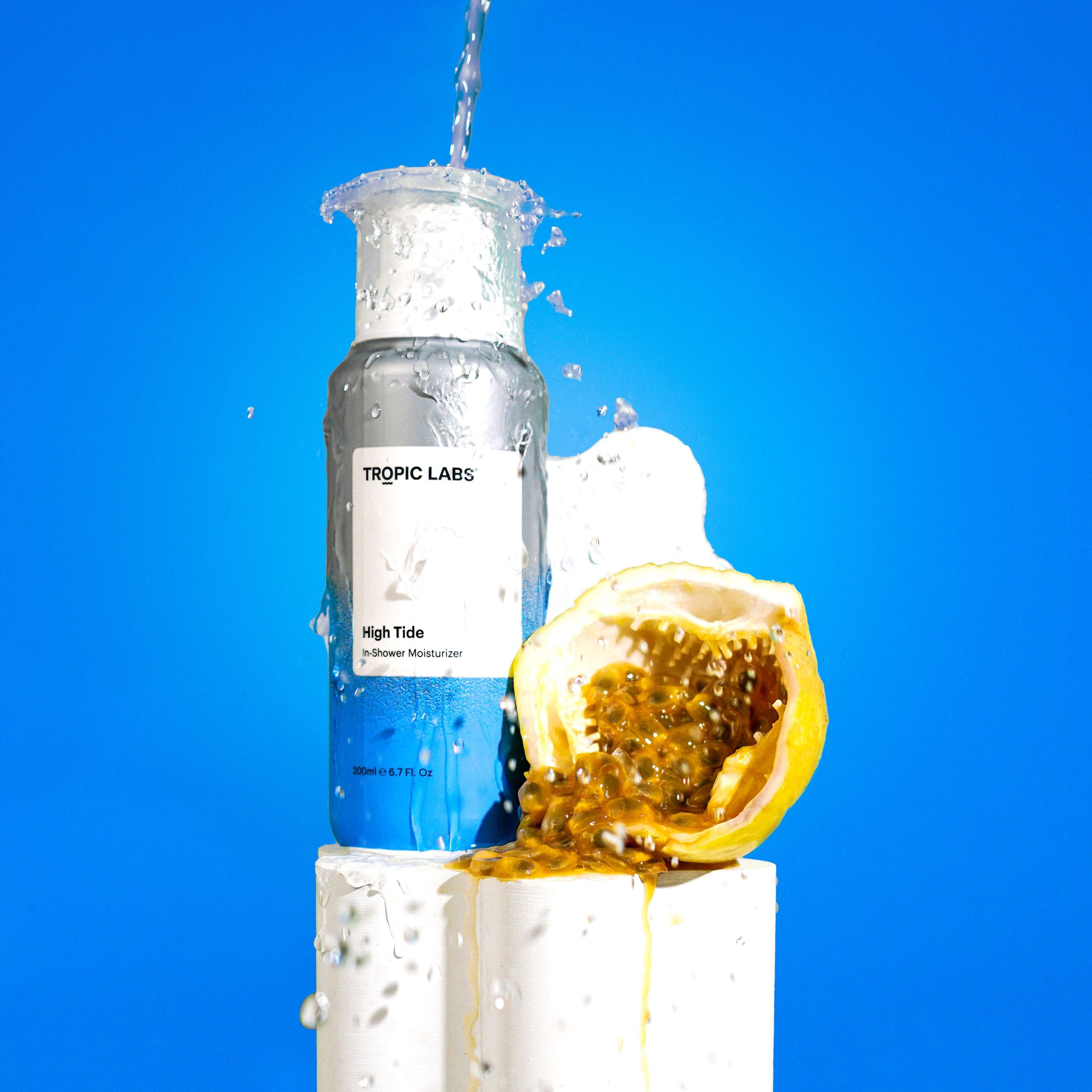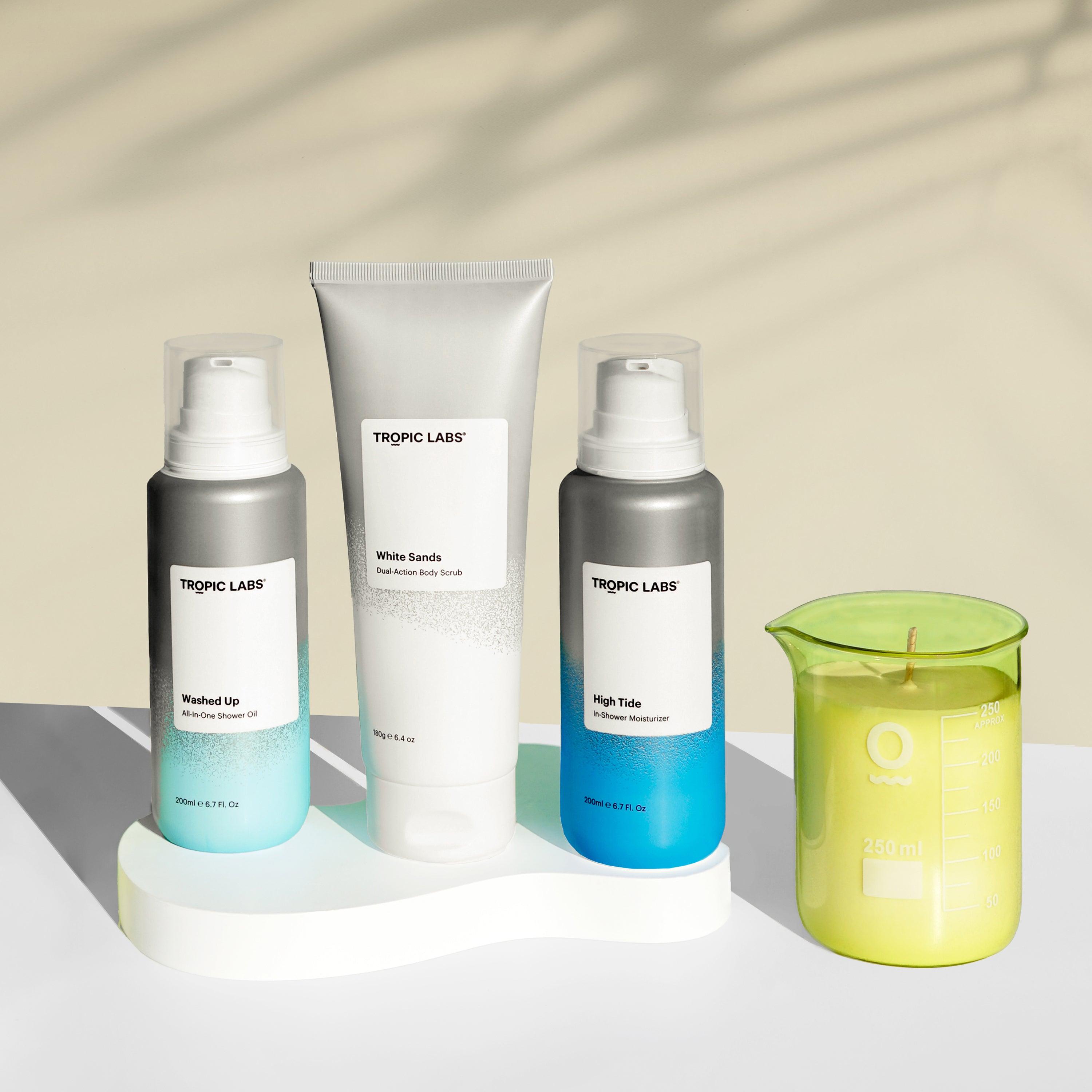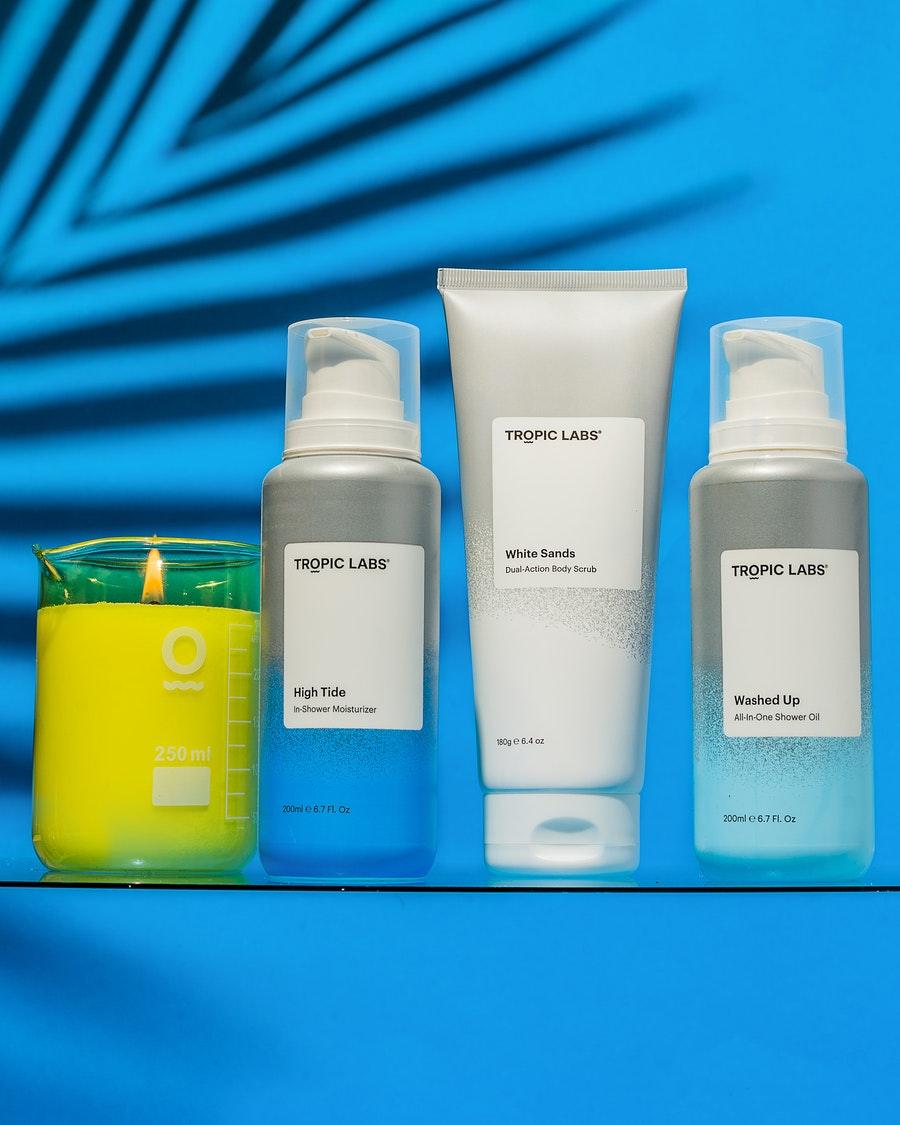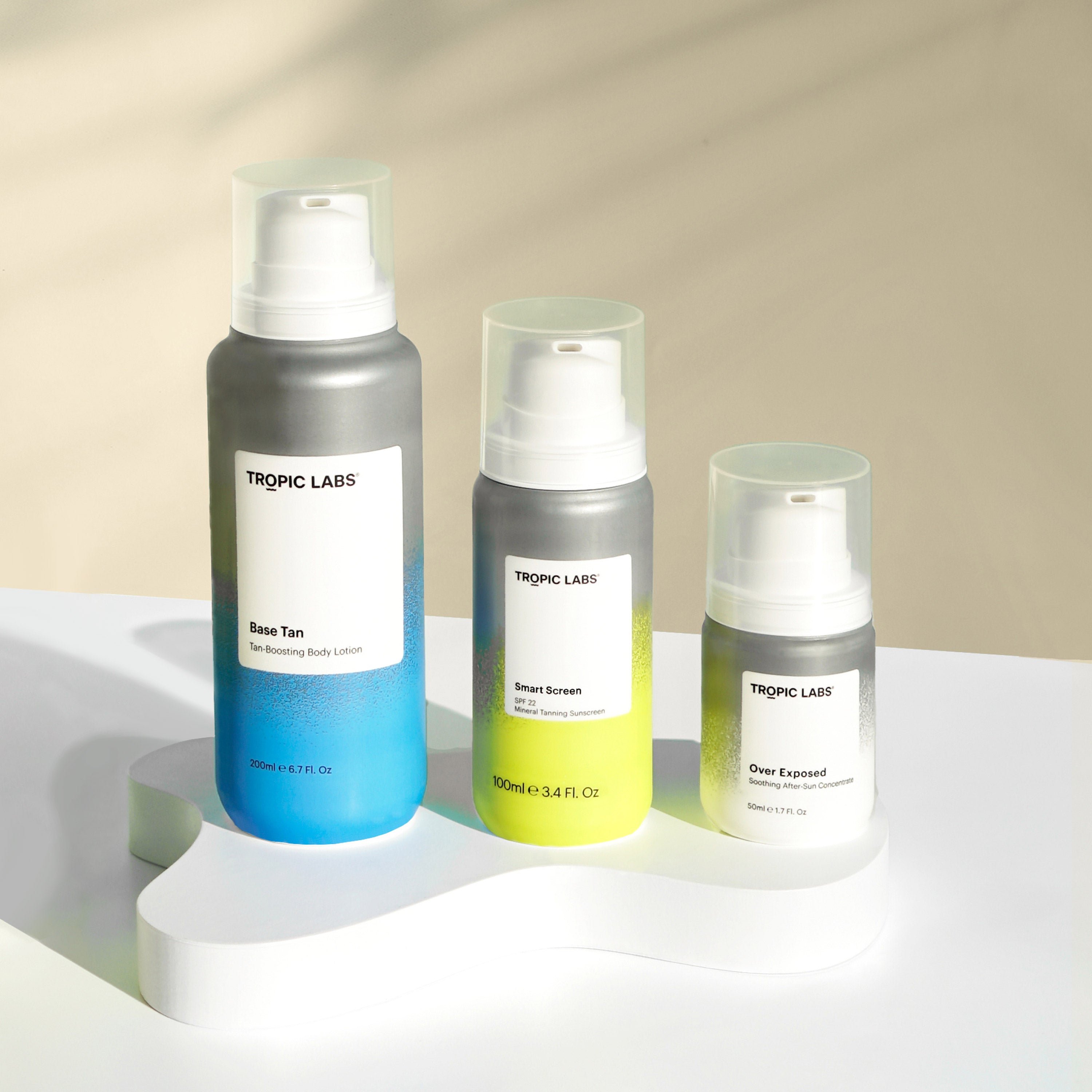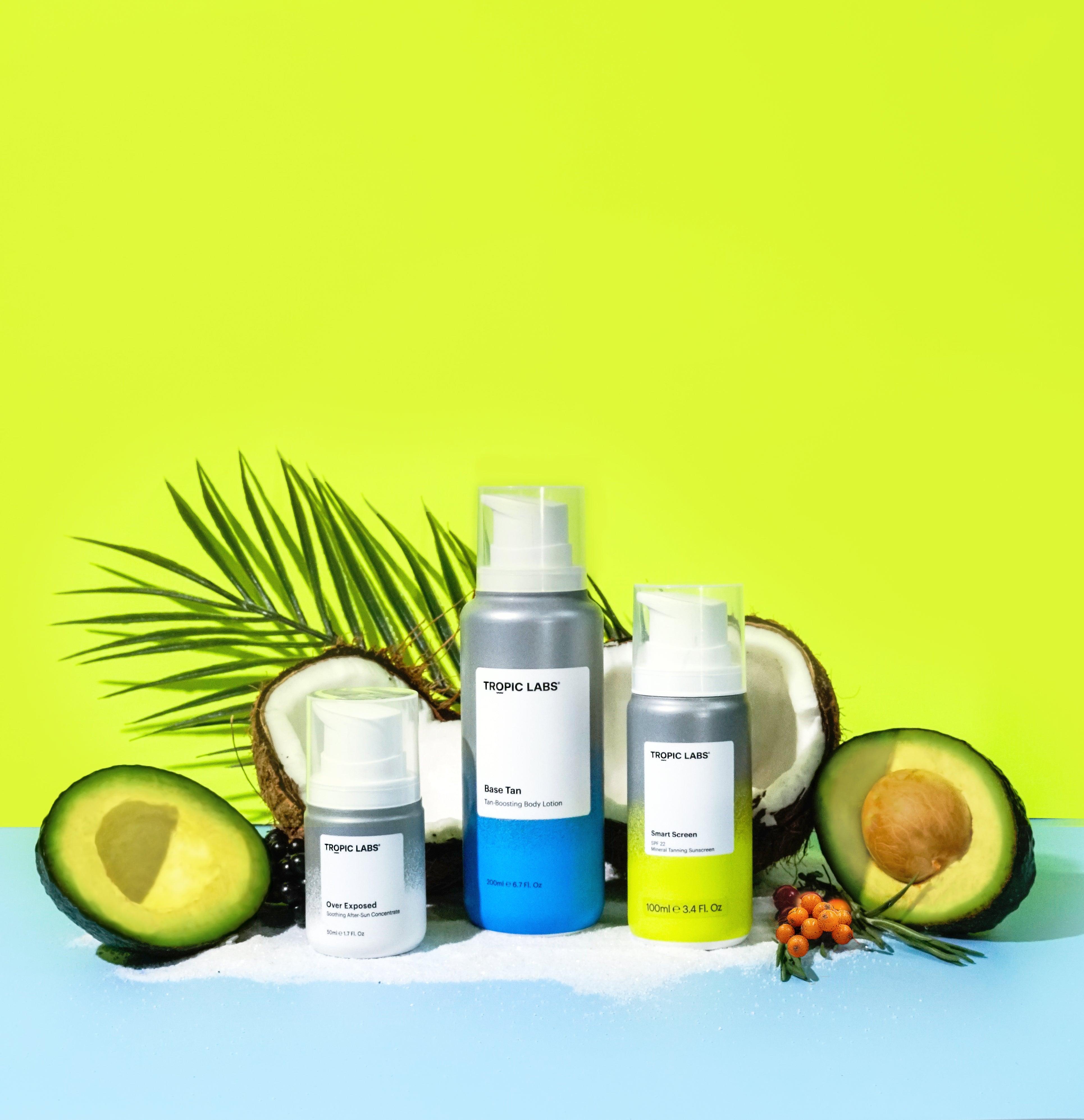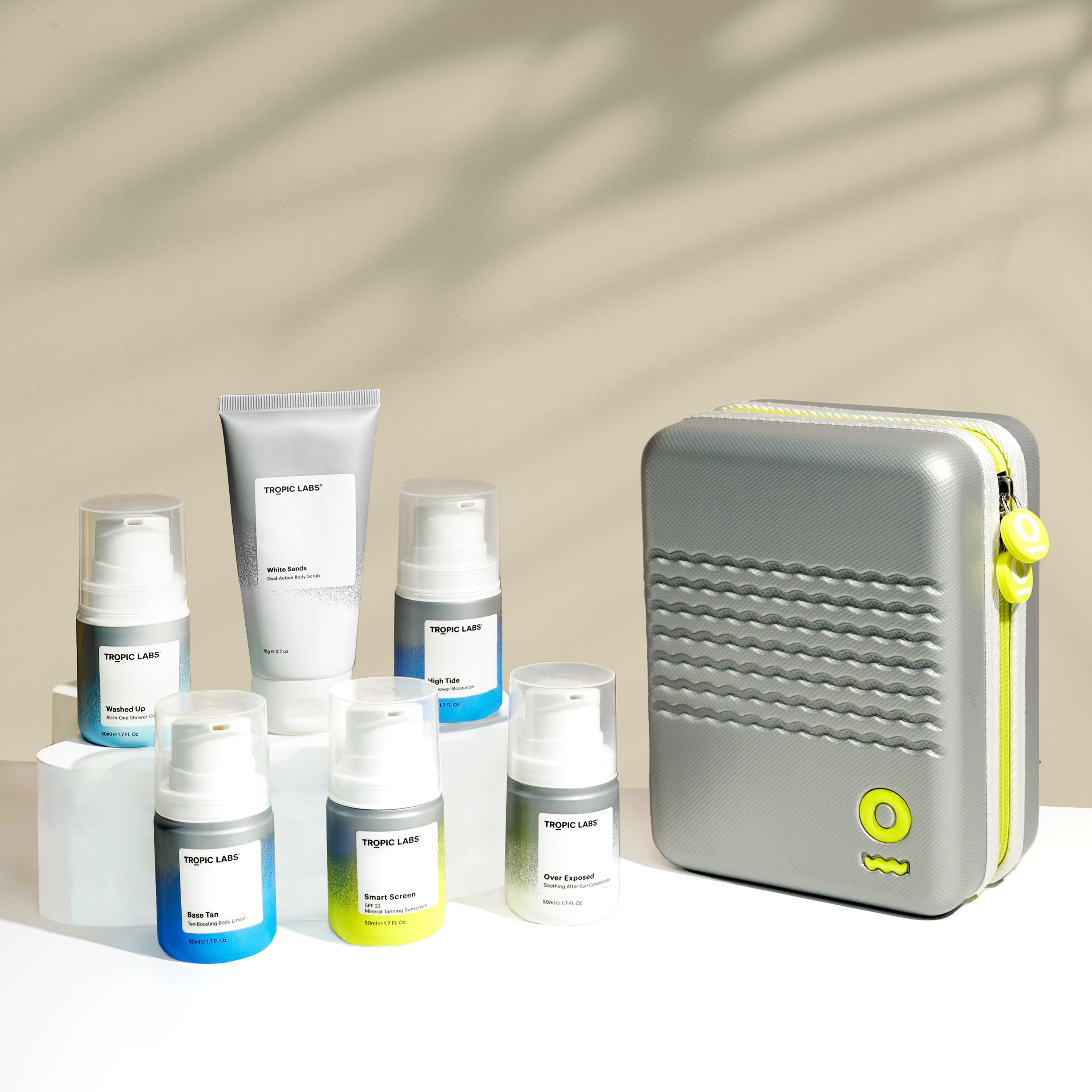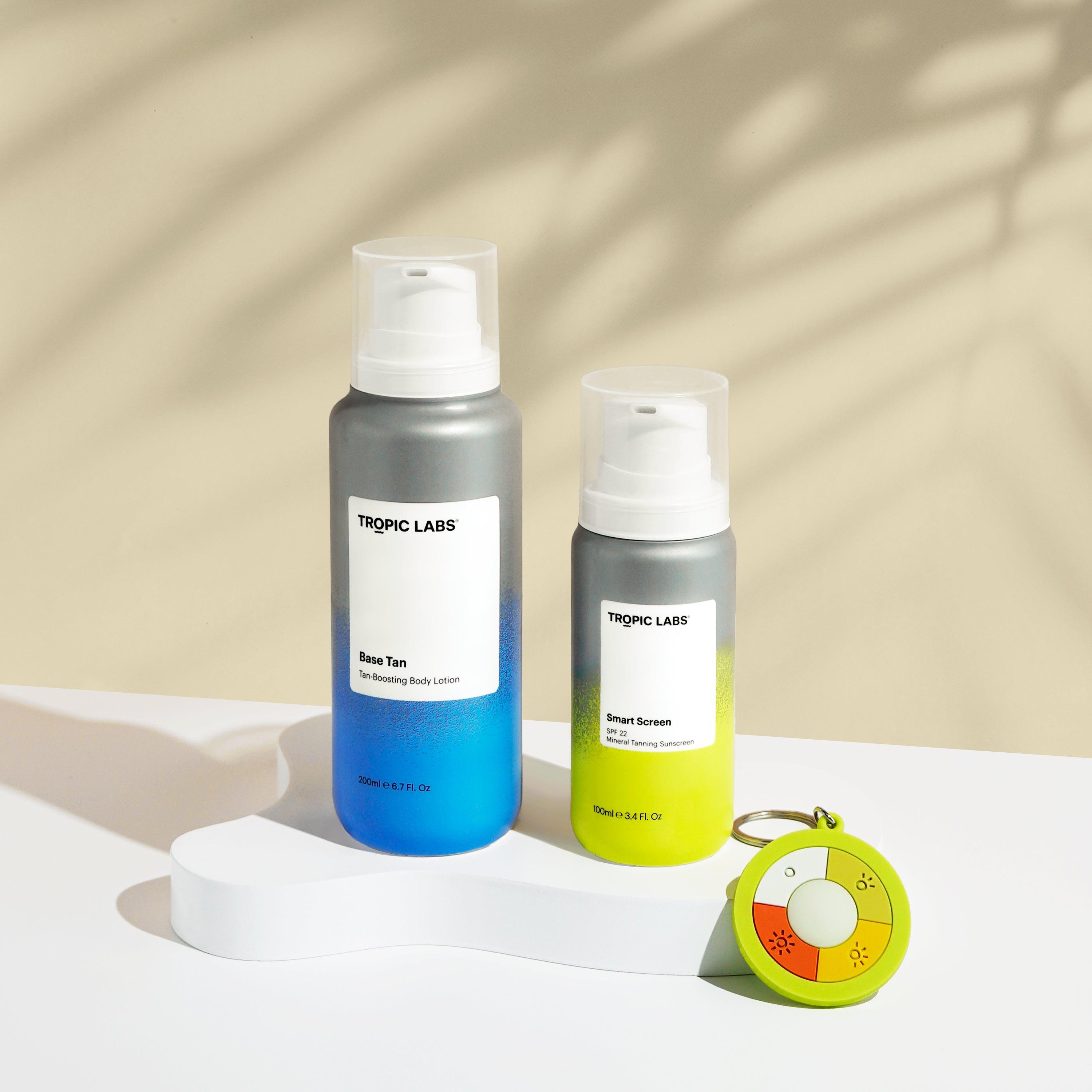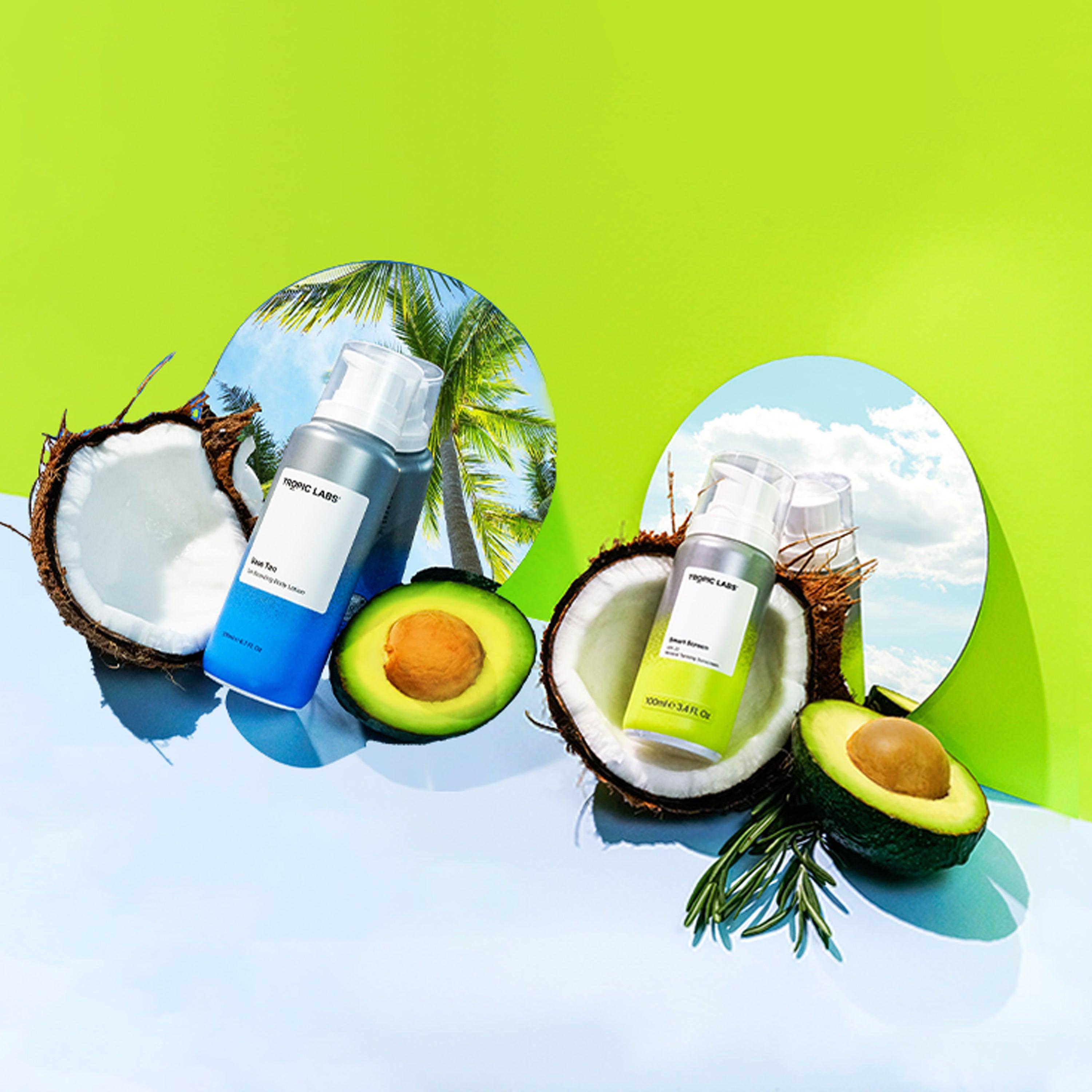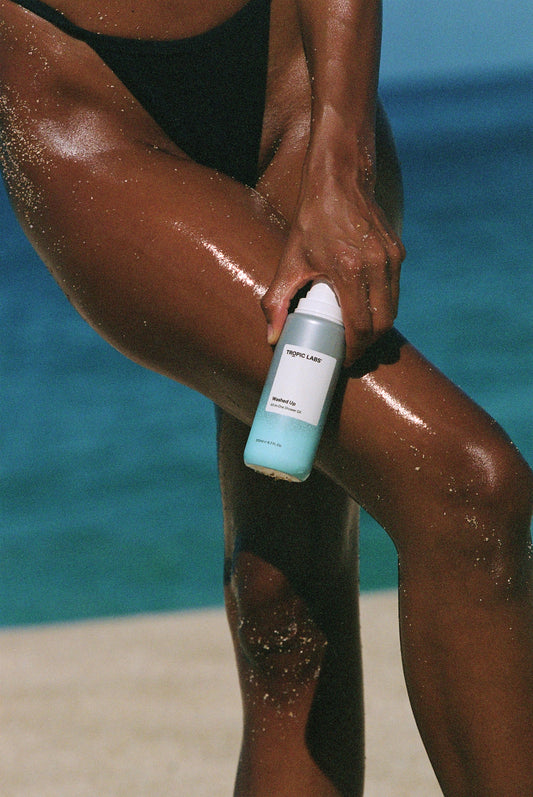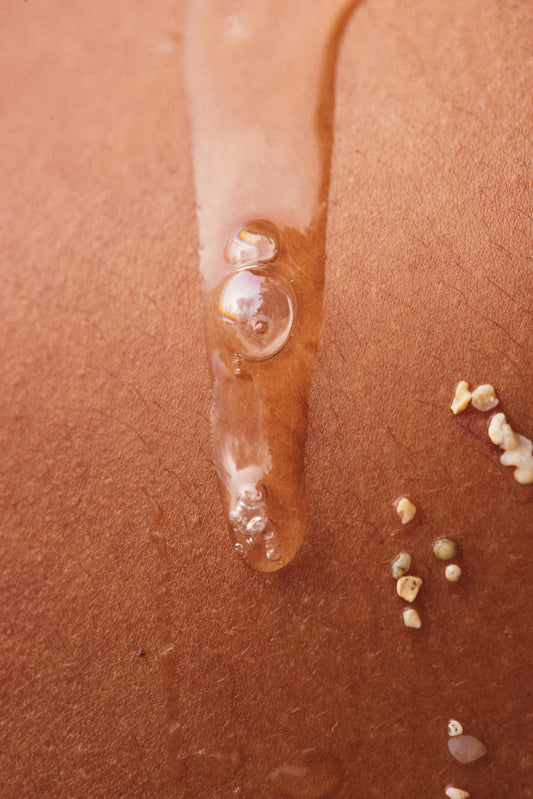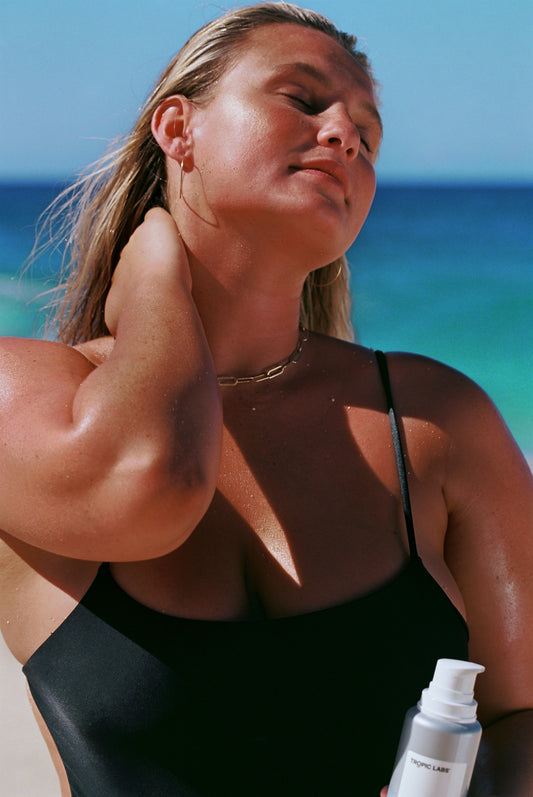TLDR
- Sunscreen is essential year-round, even during Fall and Winter.
- Broad-spectrum sunscreens defend against both UVA and UVB rays.
- Higher SPF doesn't mean double protection; SPF 30 blocks 97% UVB rays, while SPF 15 blocks 93%.
- Makeup with SPF isn't enough on its own; pair with regular sunscreen for full protection.
- Ensure consistent reapplication, especially after sweating or swimming.
As the sun continues to shine (or hide behind clouds), there's a lot of misinformation swirling around about sunscreen. From those who think it's only for the summer months to those who swear by some homemade SPF methods, myths abound. At Tropic Labs, we’re here to set the record straight and debunk some of the most commonly believed myths, while sharing some surprising facts about sunscreen that everyone should know. Let’s dive in!
"Sunscreen isn't necessary in the Fall or Winter."
That's a MYTH!
Debunked: Even when it's cold or cloudy, up to 80% of the sun's harmful UV rays can penetrate your skin. Snow and ice can also reflect, increasing the risk of exposure. So, whether you're skiing down the slopes or just out for a winter stroll, it's crucial to apply sunscreen to all exposed skin.
"Broad-spectrum sunscreens protect against both UVA and UVB rays."
That's a FACT!
UVA rays age skin cells and can damage the DNA. They are linked to long-term skin damage such as wrinkles but are also thought to play a role in some skin cancers. On the other hand, UVB rays cause sunburn and play a key role in the development of skin cancer. A broad-spectrum sunscreen is your best armor against these harmful rays.
"Apply sunscreen once, and you're good for the day."
That's a MYTH!
Debunked: Sunscreen needs to be reapplied at least every two hours, and more often if you're sweating or swimming. Even sunscreens labeled as 'water-resistant' need to be reapplied after getting wet or toweling off.
"Everyone, regardless of skin color, is at risk from the sun's rays."
That's a FACT!
While it's true that people with lighter skin are more susceptible to sunburn, skin cancer, and sun damage, it doesn't mean those with darker skin tones are immune. Everyone should be vigilant and protect their skin when exposed to the sun.
"A higher SPF means you get double the protection."
That's a MYTH!
Debunked: While SPF 30 sunscreens do filter out slightly more UVB rays (97%) than SPF 15 sunscreens (93%), the difference isn't double. It's also essential to consider other factors, like broad-spectrum coverage and water resistance.

"There's no such thing as a fully waterproof sunscreen."
That's a FACT!
Labeling sunscreens as 'waterproof' or 'sweatproof' can be misleading. Instead, look for 'water-resistant' labels and always reapply after swimming, sweating, or toweling off.
"Makeup with SPF is enough for daily protection."
That's a MYTH!
Debunked: While makeup with SPF can offer some protection, it's often not applied thickly or uniformly enough to offer full sun defense. Always use sunscreen beneath your makeup for added security against UV rays.
"Sunscreen can also be important indoors."
That's a FACT!
Windows can block UVB rays but not all UVA rays. So if your workspace or home gets a lot of sunlight, applying sunscreen can still be a good idea.
Protecting your skin is essential year-round. With so many myths out there, it's essential to know the facts. Here at Tropic Labs, we're committed to ensuring you have accurate information and the best products to keep your skin glowing and healthy. Check out our broad-spectrum products, such as our mineral sunscreen Smart Screen, which offers protection while promoting a natural tan.
Remember, when it comes to the sun, it's always better to be safe than sorry.
Don't forget to share this article with friends and family to spread the truth about sun protection! Visit www.tropic-labs.com for more insights and our exclusive range of sun care products.
